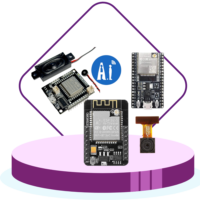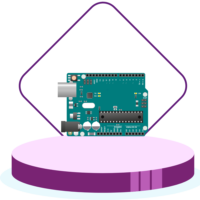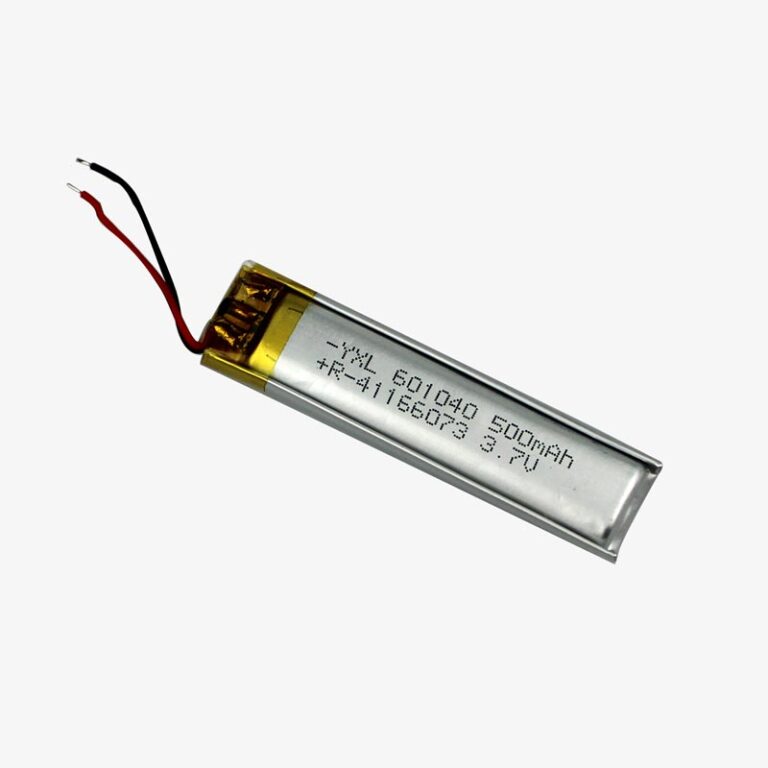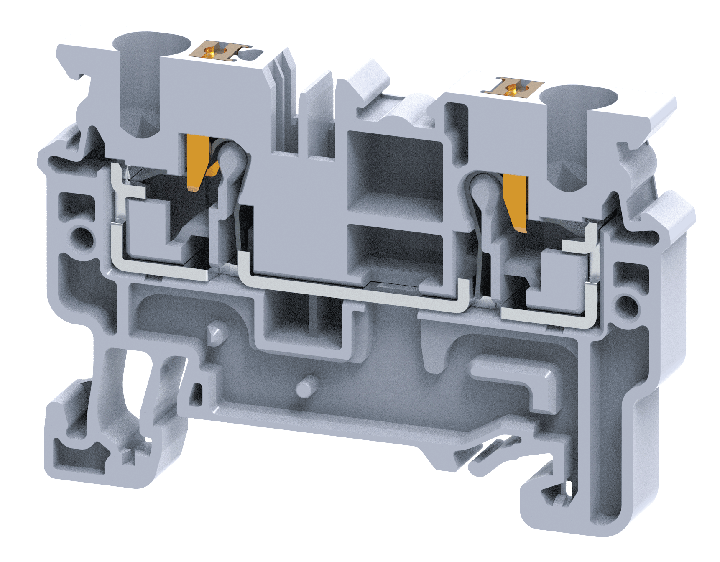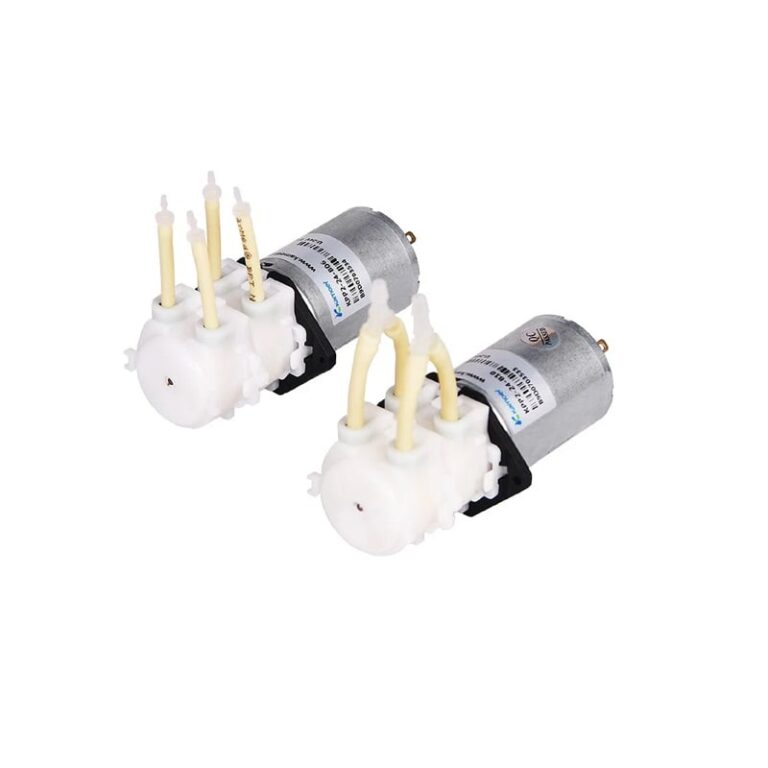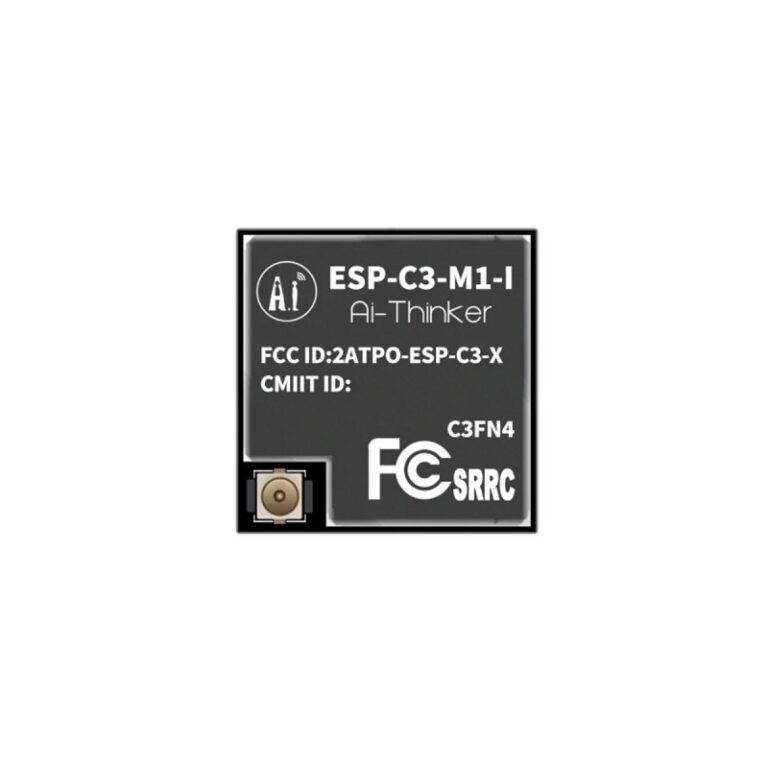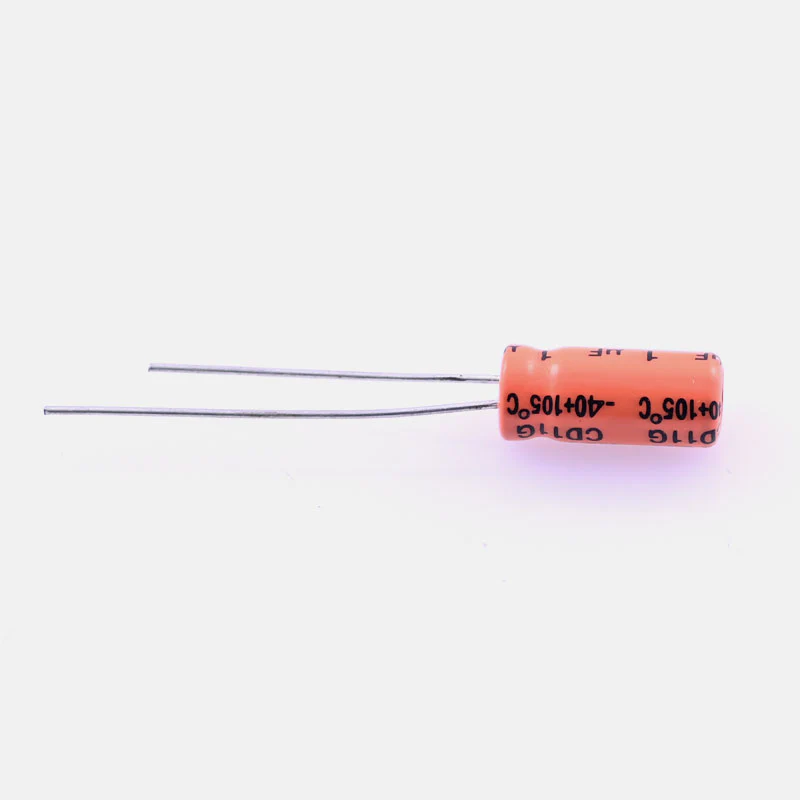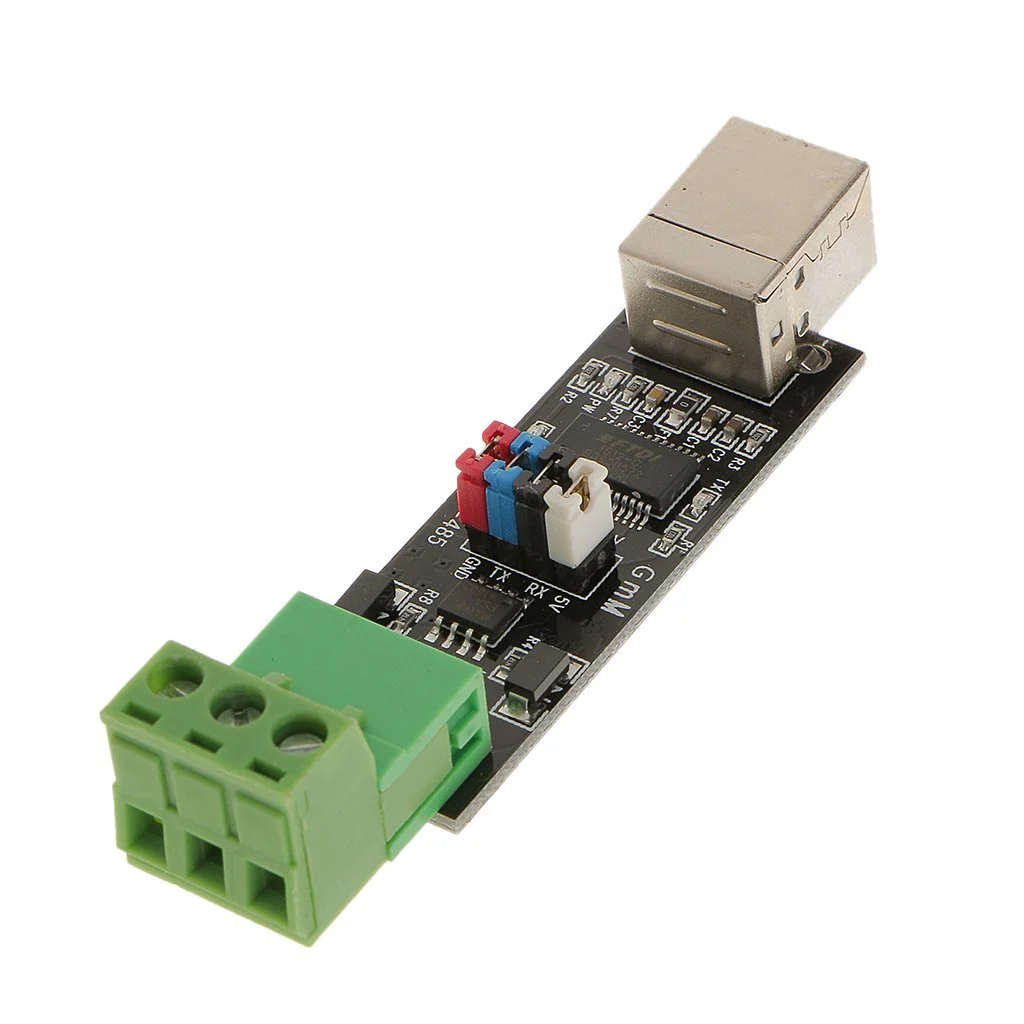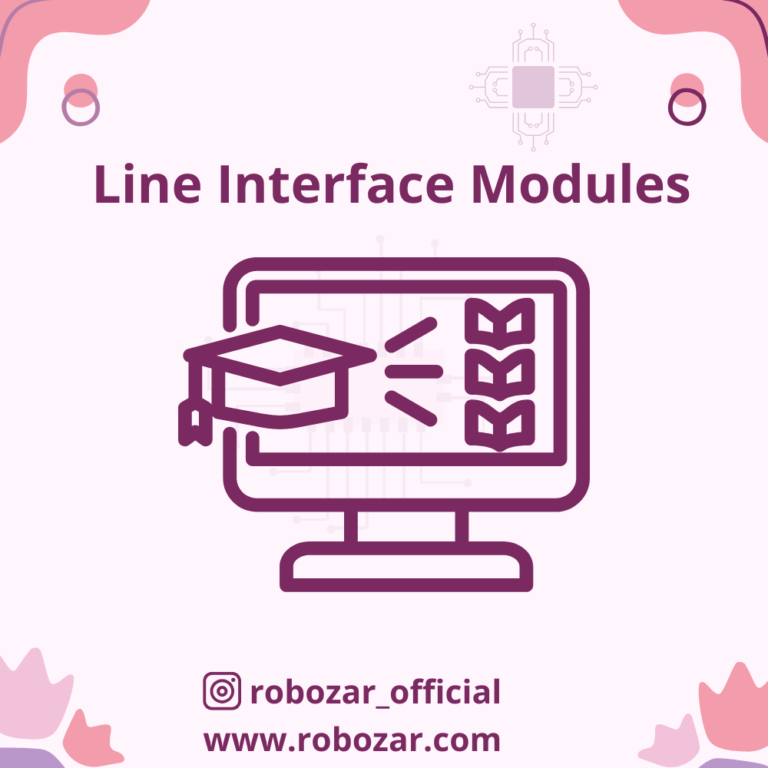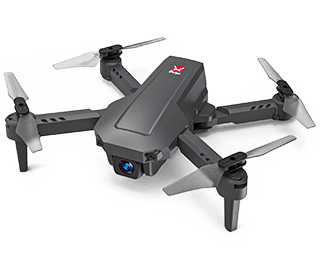Your One-Stop Shop for Electronic Components

Popular Categories
The Best Offers
Ai-Thinker VC-02-Kit
In stock
EGS002 EG8010 + IR2113 DC-AC SPWM Pure Sine Wave Inverter Module
Available on backorder
Breadboard 830 Points for Solderless Prototyping
In stock
3.7V 500mAH Li-Po Rechargeable Battery for Boat wireless Bluetooth ( YXL 601045)
Available on backorder
Ai-Thinker VC-02 module
In stock
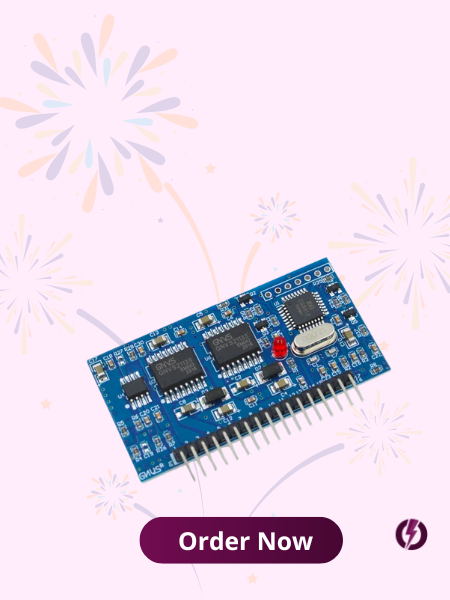
New Items
High Quality Ultra Flexible 12AWG Silicone Wire 5 m (Yellow)
Out of stock
Connectwell CP4 4 sq.mm Push In Feed Through Terminal Blocks
Out of stock
Kamoer KPP2 – 12VDC In-0.3-0.5A – B10 Peristaltic Pump
Out of stock
Ai-Thinker Ai-WB2-M1-I Module
In stock
Latest Products
1uF 50V Electrolytic Capacitor
Available on backorder
1uF/63V Radial Electrolytic Capacitor
In stock
470uF 16V Electrolytic Capacitor
In stock
433mHz RF Transmitter and Receiver Radio Module
In stock
USB to RS485 TTL Serial Converter Adapter FT232
Out of stock
Recently Viewed
Our Articles
Understanding IR Sensors: Applications and Benefits
Demystifying the AI-Thinker VC-02 Kit: A Comprehensive Guide
Camera for a Drone | UAV
Motors for Drones
Online Store for Electronic Components and Robotic Parts
Welcome to Robozar - Your One-Stop Destination for Electronics Excellence!
At Robozar, we are passionate about powering innovation with the best electronic components, tools, and accessories. Whether you're a hobbyist, student, or professional engineer, we provide everything you need to bring your ideas to life. With a commitment to quality, affordability, and unmatched customer service, we stand as a trusted partner for all your electronics requirements.
Why Choose Robozar?
Top-Quality Products
Explore our wide range of top-tier electronic components, modules, sensors, and tools that meet the highest industry standards.
Unbeatable Pricing
We ensure affordability without compromising on quality, giving you the best value for your money.
Expert Support
Our team of experts is here to guide you, whether you need technical assistance or product recommendations.
Fast Shipping
Get your products delivered quickly and securely with our efficient shipping solutions.
College Students Special Offer
We proudly support young innovators with a 10% discount for college students.
Explore Our Range
- Sensors & Modules: Accelerate your projects with our extensive selection of sensors, microcontrollers, and breakout boards.
- Tools & Accessories: From soldering kits to multimeters, we have all the tools to complete your workstation.
- Robotics Kits: Dive into the exciting world of robotics with our high-quality kits and components.
- Power Solutions: Reliable batteries, inverters, and power supplies for every need.
- IoT & Wireless: Get connected with IoT modules, Bluetooth, and Wi-Fi solutions.
Innovation Starts Here
At Robozar, we don’t just sell products; we enable dreams. Whether you’re designing a DIY project, working on industrial prototypes, or scaling up production, we are here to support every step of your journey.

